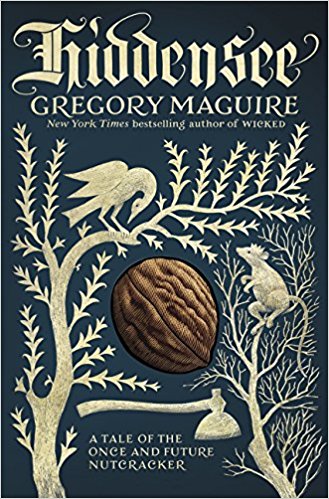 Hiddensee: A Tale of the Once and Future Nutcracker by Gregory Maguire
Hiddensee: A Tale of the Once and Future Nutcracker by Gregory Maguire Formats available: hardcover, large print, ebook, audiobook
Pages: 304
Published by William Morrow on October 31st 2017
Purchasing Info: Author's Website, Publisher's Website, Amazon, Barnes & Noble, Kobo, Bookshop.org
Goodreads
From the author of the beloved #1 New York Times bestseller Wicked, the magical story of a toymaker, a nutcracker, and a legend remade . . .
Gregory Maguire returns with an inventive novel inspired by a timeless holiday legend, intertwining the story of the famous Nutcracker with the life of the mysterious toy maker named Drosselmeier who carves him.
Hiddensee: An island of white sandy beaches, salt marshes, steep cliffs, and pine forests north of Berlin in the Baltic Sea, an island that is an enchanting bohemian retreat and home to a large artists' colony—a wellspring of inspiration for the Romantic imagination . . .
Having brought his legions of devoted readers to Oz in Wicked and to Wonderland in After Alice, Maguire now takes us to the realms of the Brothers Grimm and E. T. A. Hoffmann—the enchanted Black Forest of Bavaria and the salons of Munich. Hiddensee imagines the backstory of the Nutcracker, revealing how this entrancing creature came to be carved and how he guided an ailing girl named Klara through a dreamy paradise on a Christmas Eve. At the heart of Hoffmann's mysterious tale hovers Godfather Drosselmeier—the ominous, canny, one-eyed toy maker made immortal by Petipa and Tchaikovsky's fairy tale ballet—who presents the once and future Nutcracker to Klara, his goddaughter.
But Hiddensee is not just a retelling of a classic story. Maguire discovers in the flowering of German Romanticism ties to Hellenic mystery-cults—a fascination with death and the afterlife—and ponders a profound question: How can a person who is abused by life, shortchanged and challenged, nevertheless access secrets that benefit the disadvantaged and powerless? Ultimately, Hiddensee offers a message of hope. If the compromised Godfather Drosselmeier can bring an enchanted Nutcracker to a young girl in distress on a dark winter evening, perhaps everyone, however lonely or marginalized, has something precious to share.
My Review:
Hiddensee is about the creation of a myth. Or perhaps it’s a myth itself, and just includes the creation of an entirely different myth.
And it’s a story wrapped around a fairy tale. It begins with the Brothers’ Grimm, off in the distance, collecting folktales for future sanitization into fairy tales. It ends with a fairy tale, the story of the Nutcracker and the Mouse King, just in time for this Christmas season.
But mostly Hiddensee is the story of a boy, who begins as a foundling in the midst of a folktale, and who drifts through his long life to become the toymaker who makes the Nutcracker, and gives it to his goddaughter.
Dirk, who is initially just Dirk and not even Dirk Drosselmeyer, spends his early years in a remote woodcutter’s cabin in the Bavarian forest, raised by an “old man” and an “old woman” who he knows are not his parents.
It’s a simple life that comes to an abrupt end, when it is time for the old man to teach the boy the job of woodcutting. Or so it seems. It is possible that either the boy killed the old man by accident, or the old man killed the boy on purpose. But either way, someone was supposed to end up dead.
Instead, young Dirk begins his travels with an adventure. On his way to the nearest village he finds himself caught up in the story of the “Little Lost Forest”, forced to choose between order and chaos, between life as a hermit or life among people, and between the mythological figures of Pan and the Pythia. It’s a decision that colors his entire life – even if he spends most of it never really making a choice of his own.
Until the Christmas night, late in his long and often passive life, when he gives his dying goddaughter the gift of the original Nutcracker. The old toy contains a piece of Pan’s knife – a tiny bit of magic and the start of his own adventures, so long ago.
In the magic of Christmas, or perhaps the magic of the Nutcracker, or even a little bit of both, young Clara witnesses the great battle between the Nutcracker and the Mouse King – and her life is saved.
Escape Rating C+: I have a ton of mixed feelings about this story. The Nutcracker, of course, is a holiday classic. But I have to confess that I am not as familiar with the story as I might be.
And I’ll also confess that I have never read Wicked, which may not have been the author’s first book, but which is certainly the book that made his reputation for taking stories that everyone knows and giving readers a look behind the curtain to see what happened before the story. Or after it. Or while the more familiar story is going on elsewhere.
Hiddensee certainly fits in that tradition. And readers who either love the story of The Nutcracker, or who are fans of this author’s work, will probably eat this one up with a spoon.
As a story on its own, Hiddensee didn’t quite gel for this reader. Dirk may be the protagonist of the book, but he is a character who has little to no agency in his own life. He doesn’t act. He doesn’t move the action forward. He drifts, and things happen to him and around him. He reacts, and sometimes he doesn’t react very much. Certainly never very forcefully.
But, as little as Dirk takes any control of his own story, the story of what happened to him definitely pulled me along. Each individual chapter felt like a tiny story of its own, and I felt compelled to read from one to the next in spite of the passivity of the hero of the story.
However, I got to the end and wondered if there shouldn’t have been more. The Nutcracker tale itself, while it is the crescendo to the entire tale, also felt a bit tacked on. It’s not Dirk’s story at this point, it’s Clara’s. And there is a certain sense that it was all a dream. Or that it all happened in a dream.
It’s not quite real, which seems true for much of Dirk’s life.
There were so many fascinating ideas that were briefly touched on within the confines of this story. I’d love to have seen more about the Little Lost Forest and the Pan and the Pythia. It felt like there was a terrific myth in there that always hovered just out of reach. Just as it was for Dirk during his life.
Perhaps that was the point. Hiddensee is a haunting tale, but I just expected more.


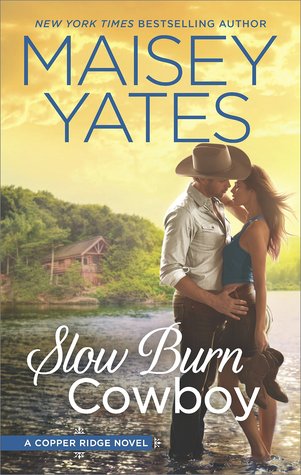 Slow Burn Cowboy (Copper Ridge, #7) by
Slow Burn Cowboy (Copper Ridge, #7) by 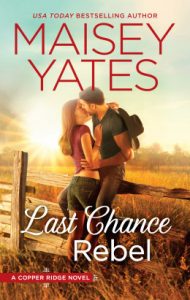 I loved
I loved 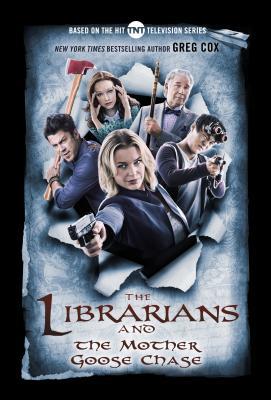 The Librarians and the Mother Goose Chase by
The Librarians and the Mother Goose Chase by 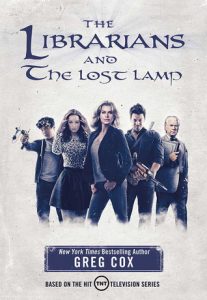 I read
I read 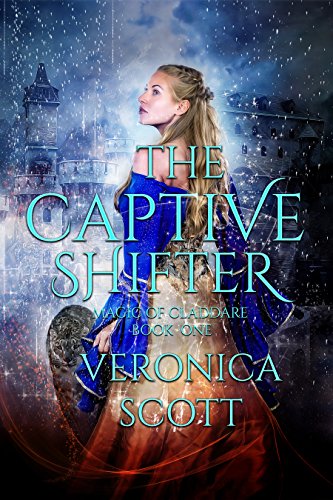 The Captive Shifter (Magic of Claddare #1) Formats available: ebook
The Captive Shifter (Magic of Claddare #1) Formats available: ebook 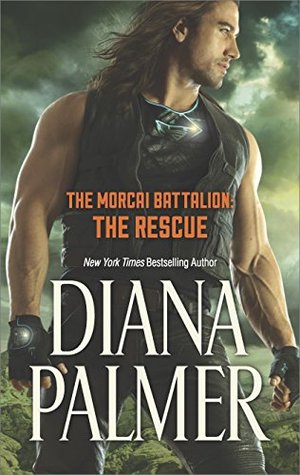 The Rescue (The Morcai Battalion #4) by
The Rescue (The Morcai Battalion #4) by  I read the first book in this series,
I read the first book in this series, 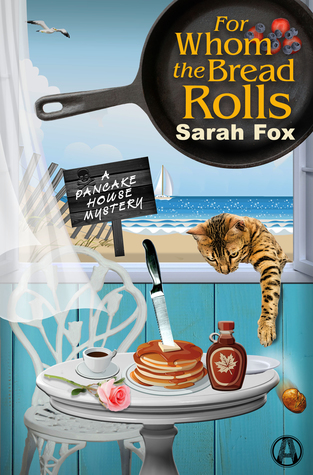 For Whom the Bread Rolls (A Pancake House Mystery #2) by
For Whom the Bread Rolls (A Pancake House Mystery #2) by  Just like the first book in this cozy series,
Just like the first book in this cozy series, 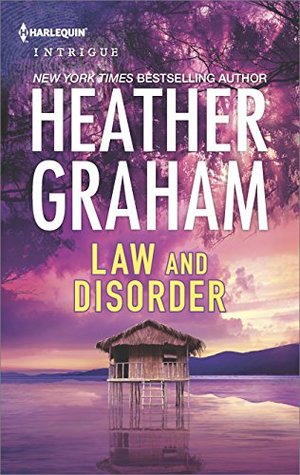 Law and Disorder by
Law and Disorder by 
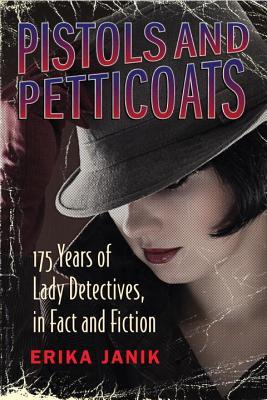 Pistols and Petticoats: 175 Years of Lady Detectives in Fact and Fiction by
Pistols and Petticoats: 175 Years of Lady Detectives in Fact and Fiction by 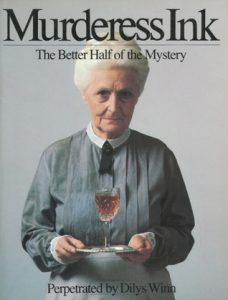 Escape Rating C+: All in all, the parts of the book that dealt with mystery fiction made for more compelling reading. They also reminded me of a book that I have not thought of in years,
Escape Rating C+: All in all, the parts of the book that dealt with mystery fiction made for more compelling reading. They also reminded me of a book that I have not thought of in years, 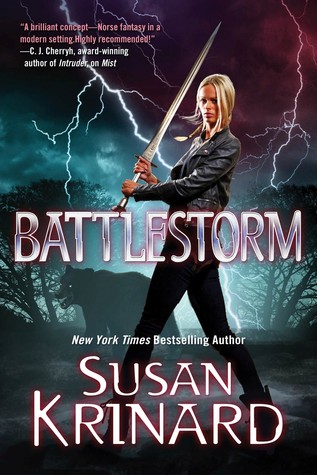 Battlestorm (Midgard, #3) by
Battlestorm (Midgard, #3) by 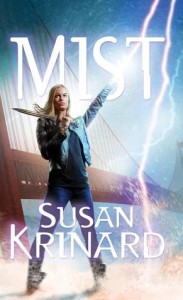 Like the long story arc of
Like the long story arc of 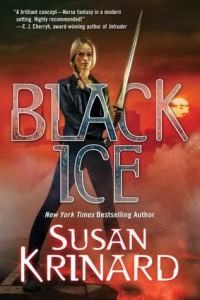 For anyone who has read my reviews of
For anyone who has read my reviews of 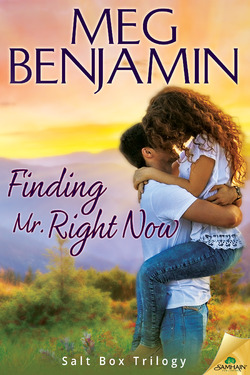 Finding Mr. Right Now by
Finding Mr. Right Now by